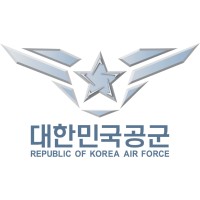
UK Ministry of Defence
We protect the security, independence and interests of the United Kingdom at home and abroad. We work with our allies and partners whenever possible. Our aim is to ensure that the UK’s Armed Forces have the training, equipment and support necessary for their work, and that we keep within budget. Our priorities 2015 to 2020 are to: · protect our people · project our global influence · promote our prosperity · maintain a strategic base and integrated global support network, and manage the Department of State






